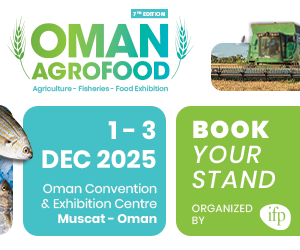The global indoor farming market is set for substantial growth, projected to surge from USD 49.4 billion in 2025 to USD 108.6 billion by 2035, achieving a compound annual growth rate (CAGR) of 10.1%, according to a new industry report. This expansion is driven by the increasing emphasis on sustainable agriculture, the rise of controlled environment agriculture (CEA), and the mounting demand for fresh, high-quality produce throughout the year.
Urban Agriculture and Vertical Farming on the Rise
With urban sprawl reducing available arable land, innovative farming approaches such as vertical farming are rapidly gaining traction. These indoor systems are proving to be highly efficient, requiring less water, minimal land, and functioning independently of weather conditions. Positioned close to urban centers, indoor farms provide a reliable source of pesticide-free produce, contributing to their widespread adoption and market growth.
Technology-Driven Farming Efficiency
The industry is being transformed by cutting-edge innovations in hydroponics, aeroponics, LED grow lighting, and climate control technologies. Enhanced by AI and IoT-enabled data analytics, growers can now precisely monitor and adjust environmental conditions, optimizing both productivity and resource use. These advances are ushering in a new era of smart, data-driven agriculture.
Surging Demand for Sustainable and Organic Foods
The growing consumer preference for organic, traceable, and eco-friendly foods is playing a pivotal role in the indoor farming boom. As health and environmental concerns rise, more retailers and restaurants are partnering with indoor farms to supply fresh, locally grown produce that aligns with sustainability goals.
Market Segmentation Highlights
By Facility Type:
Greenhouses dominate the market, followed by indoor vertical farms, container farms, and deep water culture systems, owing to their effectiveness in controlled environments.By Growing System:
Hydroponics leads as the most popular method due to its water efficiency and high yield potential, with aeroponics, aquaponics, soil-based, and hybrid systems also gaining momentum.By Region:
North America is currently the leading region, fueled by significant investments in urban farming technologies and sustainable food systems. Other active markets include Europe, South Asia, East Asia, Oceania, and the Middle East & Africa (MENA).
Source: Future Market Insights













































































